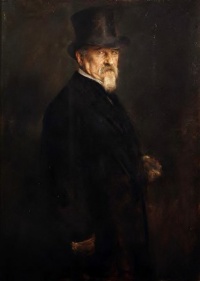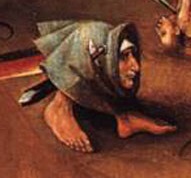I have an aversion to Immanuel Kant, especially his aesthetics (that’s the only thing I actually know something about, I have to admit).
While in general I don’t ‘do’ negative criticism, I’m making an exception for the man from Köningsberg [the town where he was born and where he died and which he never left].
I first mentioned his incomprehensible concept of disinterestedness here[1].
Innocence (1893) by William-Adolphe Bouguereau
Today, while researching kitsch (most recently explored here[2]), I came upon another and similar of his dicta. This one warns us for charm and emotion in matters of taste:
“Any taste remains barbaric if its liking requires that charms and emotions be mingled in, let alone if it makes these the standard of its approval”.
I’m stumped.
Being charmed and moved, isn’t that what it’s all about?
Not for Kant it would appear.
And then I remembered one of my favorite definitions of aesthetics.
“Some of the meaning of aesthetic as an adjective can be illuminated by comparing it to anaesthetic, which is by construction an antonym of aesthetic. If something is anaesthetic, it tends to dull the senses, cause sleepiness and induce boredom. In contrast, aesthetic may be thought of as anything that tends to enliven or invigorate or wake one up.”
A matter of life and death, so to speak.


.jpg)




_is_an_oil_on_canvas_(26x19cm)_painted_by_Antoine_Watteau.jpg)
![A cross section of the Broken Column House at the Désert de Retz as recorded in Les jardins anglo-chinois by Georges-Louis Le Rouge, 1785 [1]](https://blog.jahsonic.com/wp-content/uploads/2013/08/A-cross-section-of-the-Broken-Column-House-at-the-Désert-de-Retz-as-recorded-in-Les-jardins-anglo-chinois-by-Georges-Louis-Le-Rouge-1785-1-178x300.jpg)